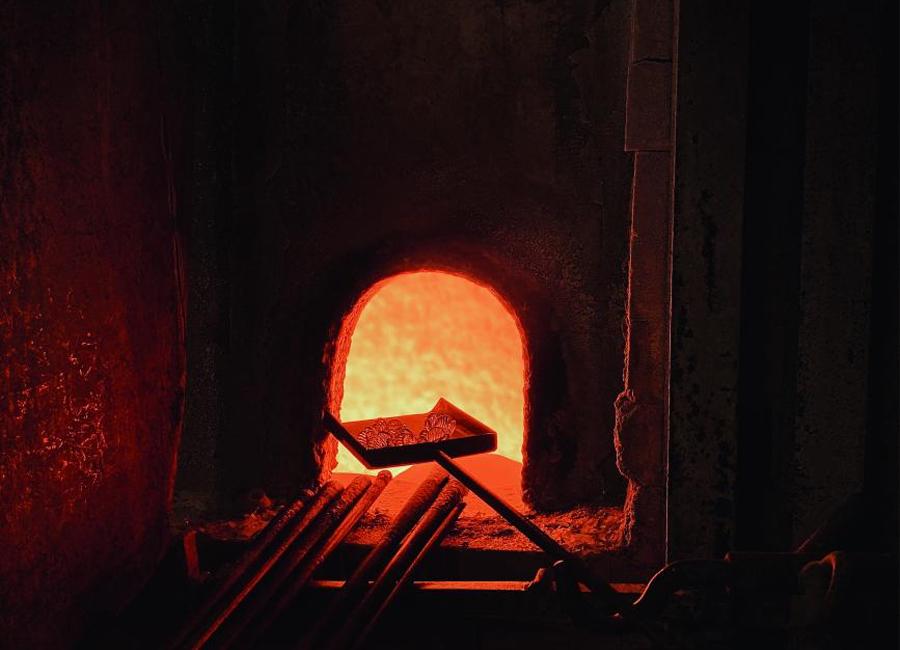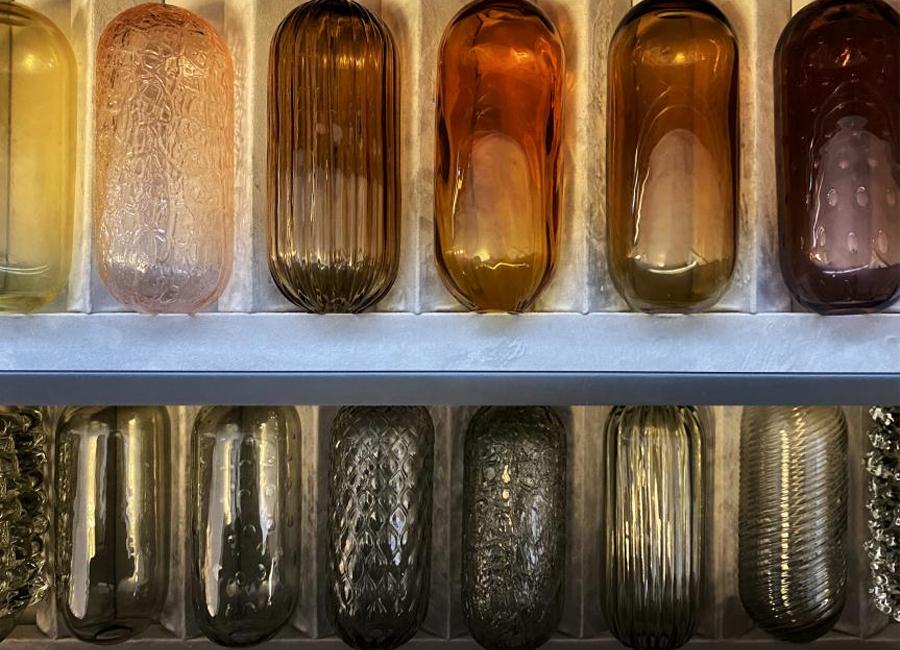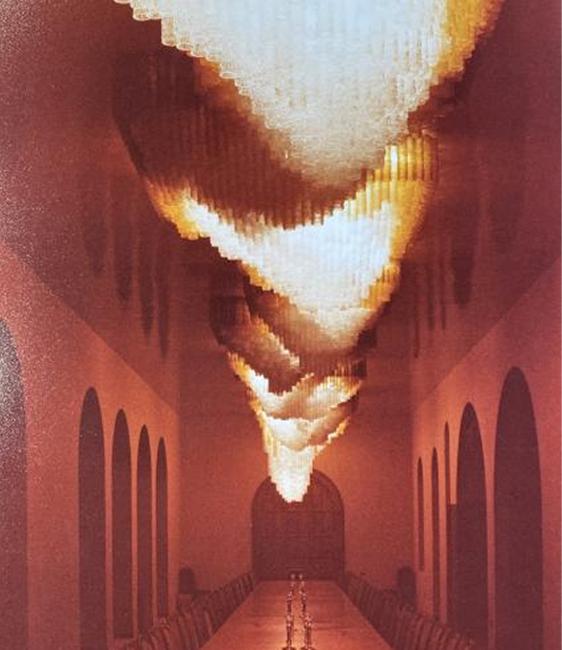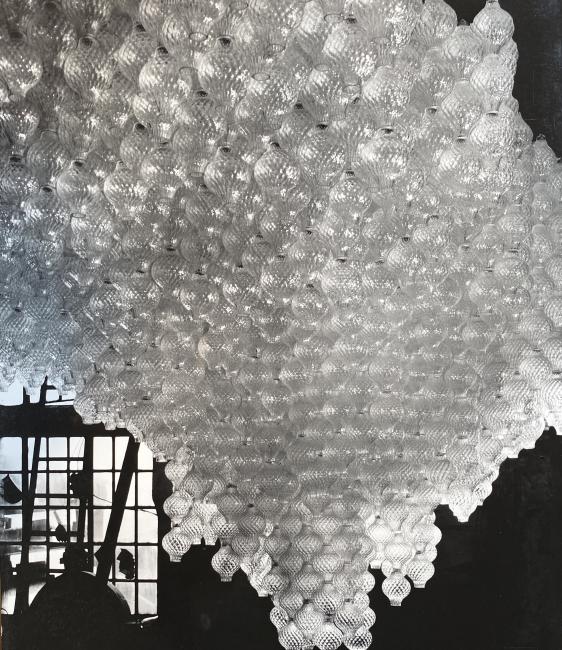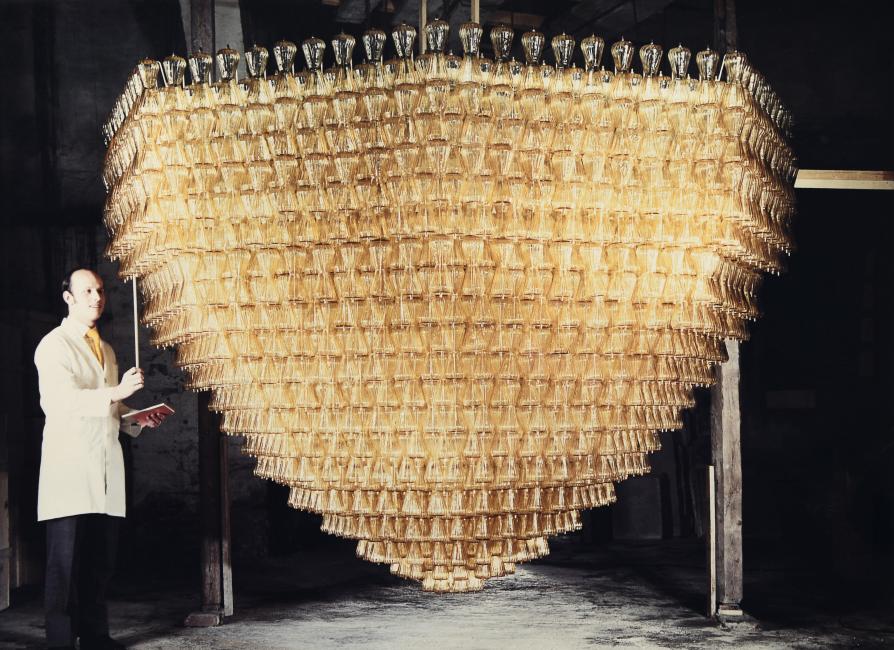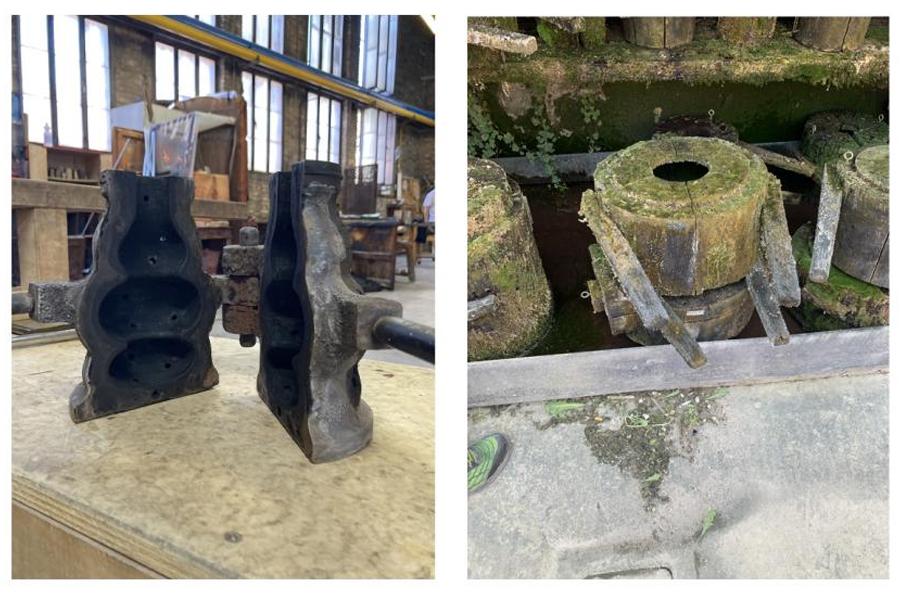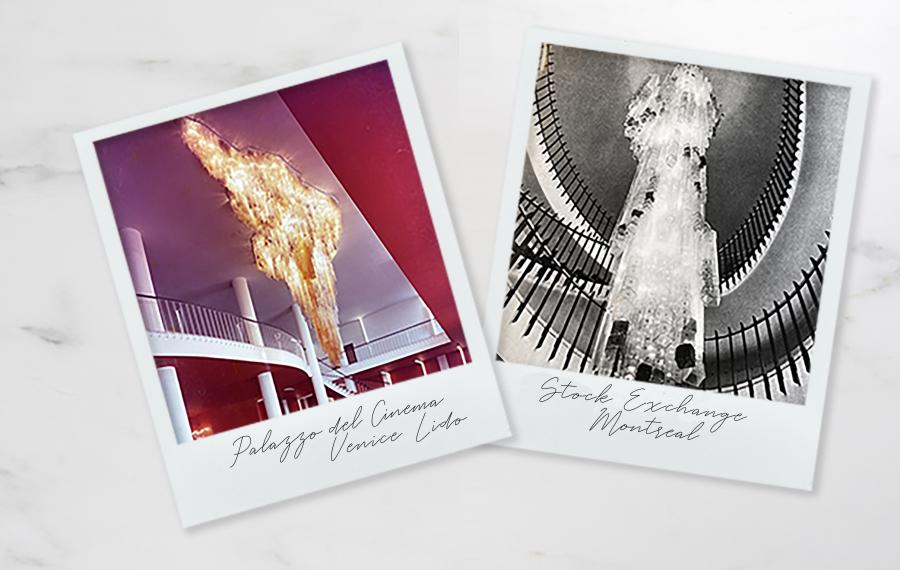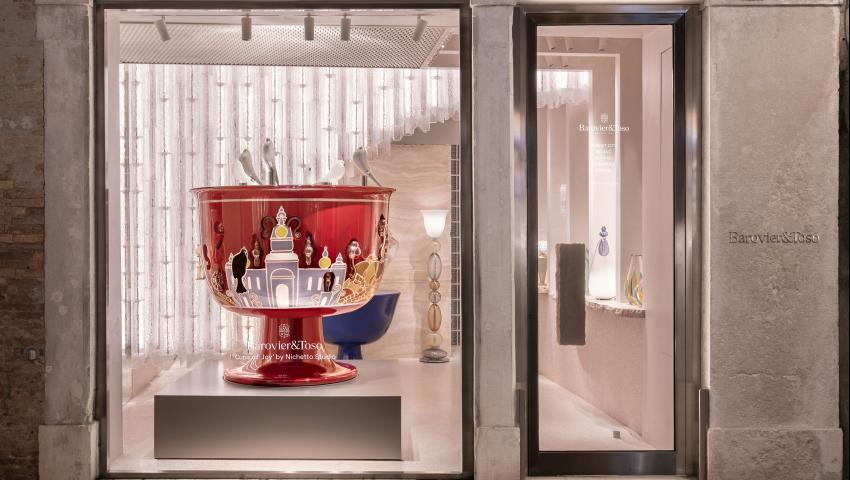Art, creativity, passion, expertise: factors that come together to generate the excellence of Barovier&Toso creations.
A multifaceted excellence that takes on new forms, entering into projects, reflecting tastes and implementing visions in an absolutely personalized way.
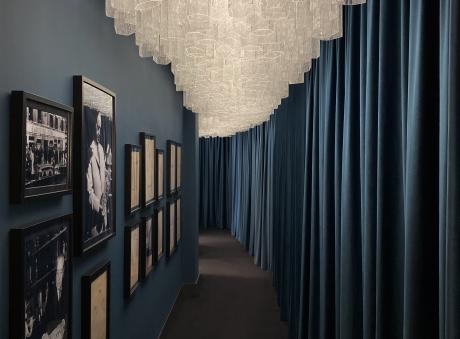
“The absence of limitations is the enemy of art”, said Orson Welles, one of the greater film and theatre directors of the 20th century. Art achieves its loftiest expressions when it overcomes limits. This is a familiar precept for Barovier&Toso, repository of an ageold tradition of glassmaking.
In seven centuries of history, artists and master glassmakers have come to terms with the limitations of the incandescent material, the laws of physics and the magic of the furnaces, experimenting and building a legacy of knowledge that now makes Barovier&Toso unique around the world.
The many creations in the collection are the result of research that always finds new vital energy: research that defies the boundaries of time, thanks to a focus on beauty. A hotbed of ideas, a laboratory of innovation, Barovier&Toso feeds on the continuous pursuit of grace and elegance. The objective is to amaze, to trigger wonder, through a language that communicates with light, colours, transparencies, a lexicon of voluptuous forms and signs. Those of Venetian Crystal, blown and crafted by hand. This experience and artistic vision take on concrete form in the Barovier&Toso collection. Furthermore, the entire range of offerings stands out for its great versatility and flexibility.
Finishes, colours and sizes are just some of the options for personalization of every item. Meeting the needs and expectations of architects, designers and clients is a priority for the company, translated into the possibility of creating solutions made to measure or entire custom projects, also from the standpoint of technology.
Whether in large or small, public or private spaces, interior design establishes a bond between architecture, the objects that inhabit it, and the people who will bring these locations to life. Lighting is an integral part of the creative process that leads to the formulation of spaces, a fundamental component of the finished project. The creations of Barovier&Toso have the extraordinary ability to bring forceful character to any setting, thanks to their decorative, expression and emotional power. Their stylistic variety is the result of an on-going process of reinvention of the tradition, in relation to a contemporary vocabulary. A variety that can still be multiplied, taking the form of a multitude of different expressions, embodying the widest range of different attitudes and aesthetics.
The interpretation of the desires of clients, in close contact with their imaginaries, is a task approached with great passion and expertise by the consultants of Barovier&Toso. The company offers customers and designers the assistance of an in-house team that is ready to examine the proposed site, evaluating the dynamics of the project and developing the best solutions, together with the clients, in aesthetic and functional terms. This indepth interchange leads to unique, evocative projects full of identity, through which to formulate composite, mutable lighting scenarios. Surpassing limitations is a matter of teamwork for Barovier&Toso, which always leads to incredible solutions.
SECRETS FROM THE FURNACE
The modular parts of a bespoke installation are often blown with the help of moulds. But the moulds are not all identical. They can be in pearwood or cast iron. Why use one, as opposed to another? For the more complex workmanship and serial reproductions of small parts pearwood moulds are utilized, a type of wood that burns in a uniform way, and stands up to the heat of molten glass. To preserve its characteristics, the mould has to be kept constantly damp, through periodic spray or dipping in water. The life span is short, in any case, and the moulds have to be replaced every 8-12 months. The cast iron moulds are much costlier than wooden ones, and are utilized exclusively for “soffiate da fermi” (stationary blowing, as in the case of pipes). They provide constant form and sizing, which are often decisive variables for multiple modules installations. These moulds are heavier and cool the glass much more rapidly, so they are not applicable for certain types of workmanship. Cast iron moulds do not rot and are not subject to wear. But a special treatment is required to be able to blow the glass. The inner surface has to be coated with a layer of vegetable charcoal and linseed oil that details water. Together with the charcoal the water, which in contact with the molten glass is transformed into steam, makes the glass slide inside the mould, for a smooth finish.
HINTS&TIPS
In the 1960s and 1970s bespoke installations made by repeating and multiplying the same module almost ad infinitum were much in demand, above all for public representative spaces and luxury cruise ships. From the hall of the Palazzo del Cinema at the Venice Lido to the Montreal Stock Exchange, the custom creations of Barovier&Toso met with remarkable success. Repeated series of simple, modular forms, almost always made with the use of moulds during the glassblowing, to generate an organic, homogeneous volume. Actually, no individual piece is ever perfectly identical to the others; the blowing and workmanship by hand make multiples that are similar but never equal, bringing a unique touch to every composition.
